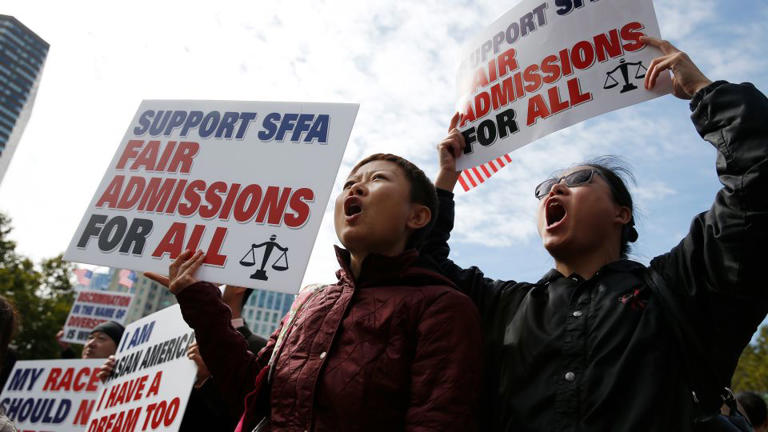Story by The Canadian Press • Monday
Recently released for screening in North America and Canada, "The Accused - Damned or Devoted" is an internationally acclaimed documentary created by Producer Mohsin Abbas and Director Muhammad Ali Naqvi, a Canadian-Pakistani duo. Mohsin Abbas, an acknowledged investigative journalist and filmmaker based in the Halton region, played a crucial role in the production. The film has garnered recognition, receiving the Best Investigation Honour at the 8th Annual Asian Media Awards. It has been showcased at various film festivals and international broadcasts worldwide.
"The Accused - Damned or Devoted" delves into the intricate subject of Pakistan's blasphemy laws, examining the political rise of the late Khadim Hussain Rizvi, the former chief of Tehreek-e-Labbaik Pakistan (TLP), who fervently advocated for preserving these laws during the backdrop of the 2018 general elections.
According to Producer Mohsin Abbas, "The Accused - Damned or Devoted" is a valuable contribution to the ongoing debate surrounding blasphemy laws in Pakistan. The film aims to give voice to the underprivileged individuals who privileged politicians and religious leaders exploit for their interests. It offers a balanced view of the issue and promotes an understanding of its complexity. He emphasized an urgent need to produce more content like this to foster harmony in the highly polarized society.
The documentary narrates the stories of individuals accused of blasphemy, including Asia Bibi and Patras Masih, as well as their accusers, prosecutors, and defenders. Prominent figures featured in the film include the assassinated Punjab Governor Salman Taseer, politician Shahbaz Bhatti, lawyer and activist Rashid Rehman, student Mashal Khan, and Gulalai Ismail, the sole surviving defender who was compelled to flee for her safety.
Filmmaker Muhammad Ali Naqvi, popularly known as Mo Naqvi, expressed his penchant for highlighting the anti-hero in his work. He emphasized that "The Accused - Damned or Devoted" is not solely the story of the victims but also a tale of courage and bravery exhibited by the local team of field producers, cameramen, coordinators, and assistants. Naqvi acknowledged the risks involved in bringing such a film to life, underscoring the dedication and perseverance of the entire team.
"The aim of this documentary was to draw home how the blasphemy law is used as a political tool to suppress people and how the Pakistan Tehreek-i-Insaf (PTI) and Asia Bibi figure in all this," he said, adding that he tried to be optimistic while keeping the conversation going.
Production Assistant Arslan A Qureshi described the project as a challenging assignment. He sought to comprehend the issue from the perspectives of both the victims and proponents of blasphemy laws in Pakistan. Qureshi found this venture thrilling and a valuable learning experience, inspiring him to collaborate with Canadian producers for his upcoming documentary on transgender rights.
Journalist and field producer Nek Amal emphasized the importance of international projects like this for young and emerging producers and filmmakers in Pakistan. Such projects offer opportunities to learn from experienced professionals from different countries and network with fellow filmmakers and industry insiders. This can be invaluable for budding filmmakers at the beginning of their careers, providing opportunities to acquire new skills, establish connections, and reach a wider audience with their work.
Saeed Akhtar, Local Journalism Initiative Reporter, The Milton Reporter, Milton Reporter










